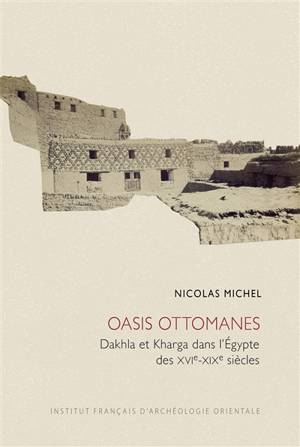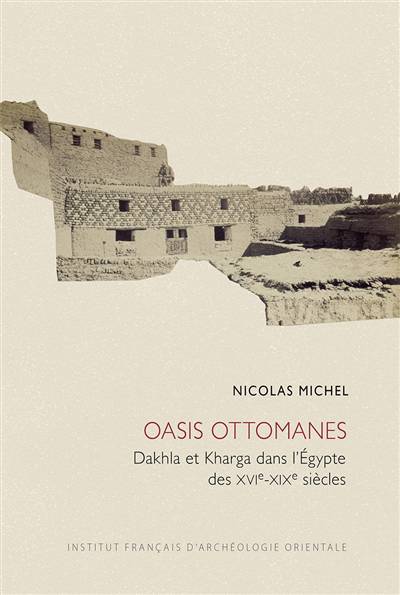
Je cadeautjes zeker op tijd in huis hebben voor de feestdagen? Kom langs in onze winkels en vind het perfecte geschenk!
- Afhalen na 1 uur in een winkel met voorraad
- Gratis thuislevering in België vanaf € 30
- Ruim aanbod met 7 miljoen producten
Je cadeautjes zeker op tijd in huis hebben voor de feestdagen? Kom langs in onze winkels en vind het perfecte geschenk!
- Afhalen na 1 uur in een winkel met voorraad
- Gratis thuislevering in België vanaf € 30
- Ruim aanbod met 7 miljoen producten
Zoeken
Omschrijving
This book explores the position of the Dakhla and Kharga oases within Ottoman Egypt as well as the whole empire. It intends to contribute to the reflection on the characteristics and limits of Ottomanity as seen by the inhabitants of a region which, from Cairo, seemed remote and isolated. It is based on several sets of private archives, largely unpublished, supplemented by travelogues and by modern literature. Despite their remoteness from the Nile Valley and a unique environment, the Oases were integrated in the same administrative and judicial frame as the rest of Egypt. Taxation was specific as were the primarily agricultural resources. Because of the threat of Beduin raids, the Oases housed a large garrison. The book studies the impact of this military presence upon the Oasian society from the sixteenth to the eighteenth century, and the gradual erasure of Ottoman peculiarities, then of their memory during the nineteenth century.
Specificaties
Betrokkenen
- Auteur(s):
- Uitgeverij:
Inhoud
- Aantal bladzijden:
- 248
- Taal:
- Engels
Eigenschappen
- Productcode (EAN):
- 9782724709766
- Verschijningsdatum:
- 14/11/2023
- Uitvoering:
- Paperback
- Formaat:
- Trade paperback (VS)
- Afmetingen:
- 160 mm x 240 mm
- Gewicht:
- 2127 g

Alleen bij Standaard Boekhandel
+ 98 punten op je klantenkaart van Standaard Boekhandel
Beoordelingen
We publiceren alleen reviews die voldoen aan de voorwaarden voor reviews. Bekijk onze voorwaarden voor reviews.









